Exploring the Flavours of Biryanis Beyond Borders
Biryani, a dish that has captured hearts and taste buds around the world, is not just a culinary delight but a cultural experience. While India is often credited with biryani’s rich heritage, the dish has transcended borders, showcasing a variety of regional adaptations that reflect unique flavors, cooking techniques, and cultural influences. Let’s embark on a flavorful journey to discover biryanis from different corners of the world.

The Origins of Biryani
Biryani’s origins can be traced back to the royal kitchens of the Mughal Empire, where it was prepared as a lavish dish for kings and nobles. Its combination of fragrant rice, marinated meat, and an array of spices has made it a staple at feasts and celebrations. Over time, biryani has evolved, integrating local ingredients and cooking methods, resulting in diverse variations across different countries.
1. Pakistani Biryani
In Pakistan, biryani is celebrated for its robust flavors and generous use of spices. Karachi’s biryani is particularly famous, often featuring tender chunks of meat, potatoes, and a blend of spices that create a harmonious balance. The Sindhi biryani, another variant, is known for its tangy taste, thanks to the addition of yogurt and tamarind. Each region boasts its own twist, making Pakistani biryani a must-try for enthusiasts.

2. Bangladeshi Biryani
Bangladeshi biryani stands out for its aromatic rice and succulent meat, often prepared with a distinct style that includes marinating the meat in spices for an extended period. The Dhaka biryani, rich in flavors and colors, is often adorned with boiled eggs and served with a side of spicy salad, making it a feast for the senses.
3. Afghani Biryani
Afghani biryani is known for its mild yet flavorful profile. The use of dried fruits, nuts, and saffron gives it a unique touch that sets it apart. The rice is often cooked with a mix of spices and served with tender, slow-cooked meat, creating a dish that is both hearty and aromatic.
4. Middle Eastern Biryani
In the Middle East, biryani takes on new forms, incorporating local spices and ingredients. The Arabian biryani often includes fragrant spices like cardamom and cinnamon, along with a variety of meats, including lamb and chicken. The use of saffron adds a touch of luxury, making it a popular choice at festive occasions.
5. Malaysian Biryani
Malaysian biryani, known as “nasi briyani,” showcases the influence of Southeast Asian flavors. Coconut milk, lemongrass, and turmeric are common ingredients, resulting in a rich and fragrant rice dish. Often served with chicken or beef rendang, it offers a delightful fusion of flavors that reflects Malaysia’s diverse culinary heritage.
Conclusion
Biryani is more than just a dish; it is a reflection of cultural exchanges and culinary creativity across borders. Each variation tells a story of the land it hails from, showcasing the rich tapestry of flavors and traditions. Whether you’re savoring a plate of Karachi biryani or indulging in Malaysian nasi briyani, the experience is sure to be unforgettable.
So, the next time you enjoy a plate of biryani, remember that you are not just tasting a dish
FAQ: Exploring the Flavours of Biryanis Beyond Borders
Biryani is more than just a dish; it’s a cultural experience. This fragrant rice-based meal has captured hearts and appetites across the globe, offering a symphony of flavors, spices, and aromas. But did you know that biryani isn’t confined to just one region or style? It has crossed borders, embraced diversity, and adapted to suit local tastes worldwide.
Here’s an FAQ guide to help you explore the flavors of biryanis beyond borders!
1. What is biryani?
Biryani is a layered rice dish cooked with aromatic spices, marinated meat (or vegetables), and fragrant basmati rice. Originating in the Indian subcontinent, it is known for its rich flavors and unique cooking techniques like dum (slow cooking in a sealed pot).
2. How did biryani spread beyond the Indian subcontinent?
Biryani’s journey across borders can be attributed to migration, trade, and cultural exchange. Indian traders and laborers introduced it to the Middle East, Southeast Asia, and East Africa, while colonization played a role in its spread to Europe and the Caribbean.
3. What are some famous international variants of biryani?
- Middle Eastern Biryani: Known as “Kabsa” in Saudi Arabia and “Machboos” in the Gulf countries, these dishes are similar to biryani but often use local spices and long-grain rice like Sella or Jeerakasala.
- Singapore and Malaysia: “Nasi Biryani” is a popular street food, often made with chicken or mutton and paired with tangy achar (pickles).
- South Africa: Cape Malay Biryani blends Indian spices with South African flavors, incorporating dried fruits and subtle sweetness.
- Mauritius: Biryani in Mauritius is a unique fusion with flavors influenced by French, Creole, and Indian cuisines.
- Caribbean Biryani: Known in regions like Trinidad and Guyana, it has a more curried flavor and is often cooked with locally available vegetables and proteins.
4. What makes each biryani unique?
The uniqueness of a biryani lies in its choice of spices, cooking techniques, and regional influences. For example:
- Hyderabadi Biryani uses the dum method and saffron-infused rice.
- Middle Eastern biryanis might use dried lime, nuts, or rose water.
- Southeast Asian biryanis include ingredients like pandan leaves and coconut milk.
5. Is there a vegetarian version of international biryanis?
Absolutely! Vegetarian biryanis are popular worldwide. Many regions substitute meat with vegetables, paneer, or soy protein while retaining the rich spice mix and slow-cooking techniques.
6. How is biryani different from pilaf (or pulao)?
While both dishes use rice, the key difference lies in preparation:
- Biryani is layered and slow-cooked, with the meat or vegetables and rice cooked separately before being combined.
- Pilaf is a one-pot dish where everything is cooked together.
7. Are there any biryani festivals around the world?
Yes! Biryani festivals are popular in India and other countries with significant Indian communities. These events showcase regional and international biryani styles, offering a platform for chefs to experiment and innovate.
8. What drinks pair well with biryani?
Traditional pairings include:
- Raita (yogurt-based dip) for a cooling effect.
- Mint lemonade or sweet lassi to balance the spices.
- Chai or spiced tea for a cozy, complementary flavor.
In Middle Eastern regions, fruit-based beverages like pomegranate juice are common.
9. Can biryani be customized for dietary preferences?
Of course! From vegan biryanis to keto-friendly or gluten-free versions, biryani can be tailored to suit nearly any dietary need. Simply swap ingredients while keeping the spices and cooking method intact.
10. Where can I try authentic international biryanis?
You can find authentic international biryanis at:
- Indian restaurants offering regional biryanis.
- Middle Eastern eateries serving Kabsa or Machboos.
- Caribbean or African cuisine restaurants.
If you’re in Gurgaon, Food Mood Gurgaon serves some of the best biryanis with a variety of options to satisfy your cravings. Check out their website at Food Mood Gurgaon or call 8744030341 for delivery.
11. How can I make biryani at home?
Making biryani at home involves layering pre-cooked rice over marinated meat or vegetables, slow-cooking it with spices, and garnishing with fried onions, nuts, and herbs. There are countless recipes online catering to various international styles.
12. What’s the secret to a perfect biryani?
The secret lies in:
- High-quality basmati rice for fluffiness.
- A balanced blend of freshly ground spices.
- Cooking the dish on low heat (dum style) to meld the flavors.
13. Why is biryani considered a celebration dish?
Biryani is often prepared during festivals, weddings, and family gatherings because of its rich taste, aroma, and ability to serve large groups. It symbolizes sharing and togetherness.

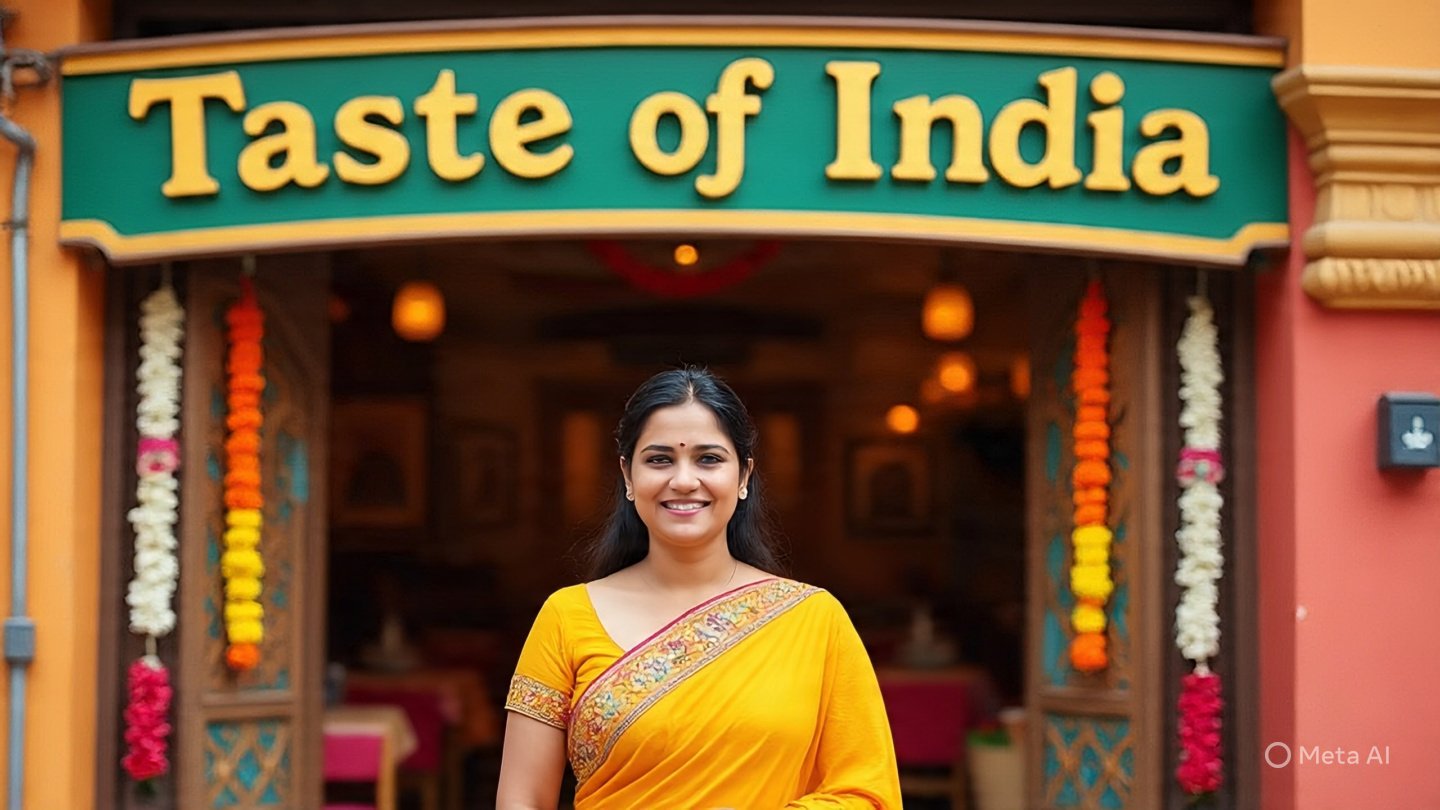
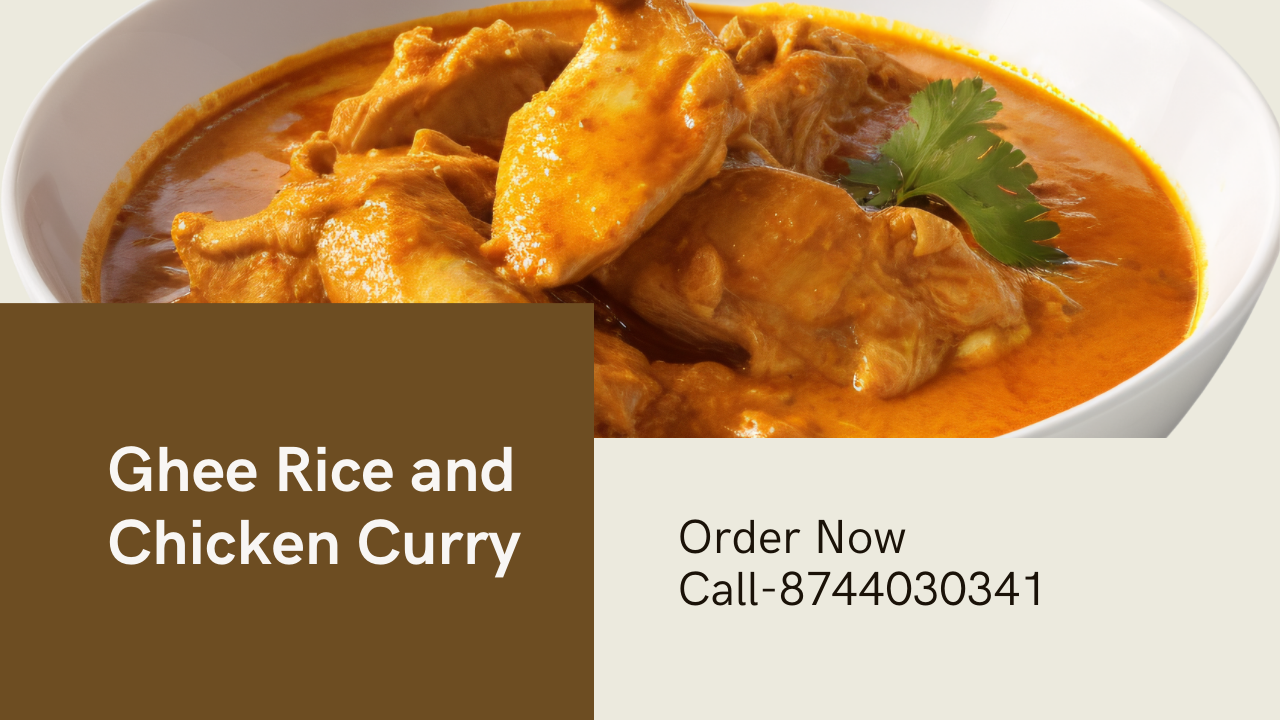





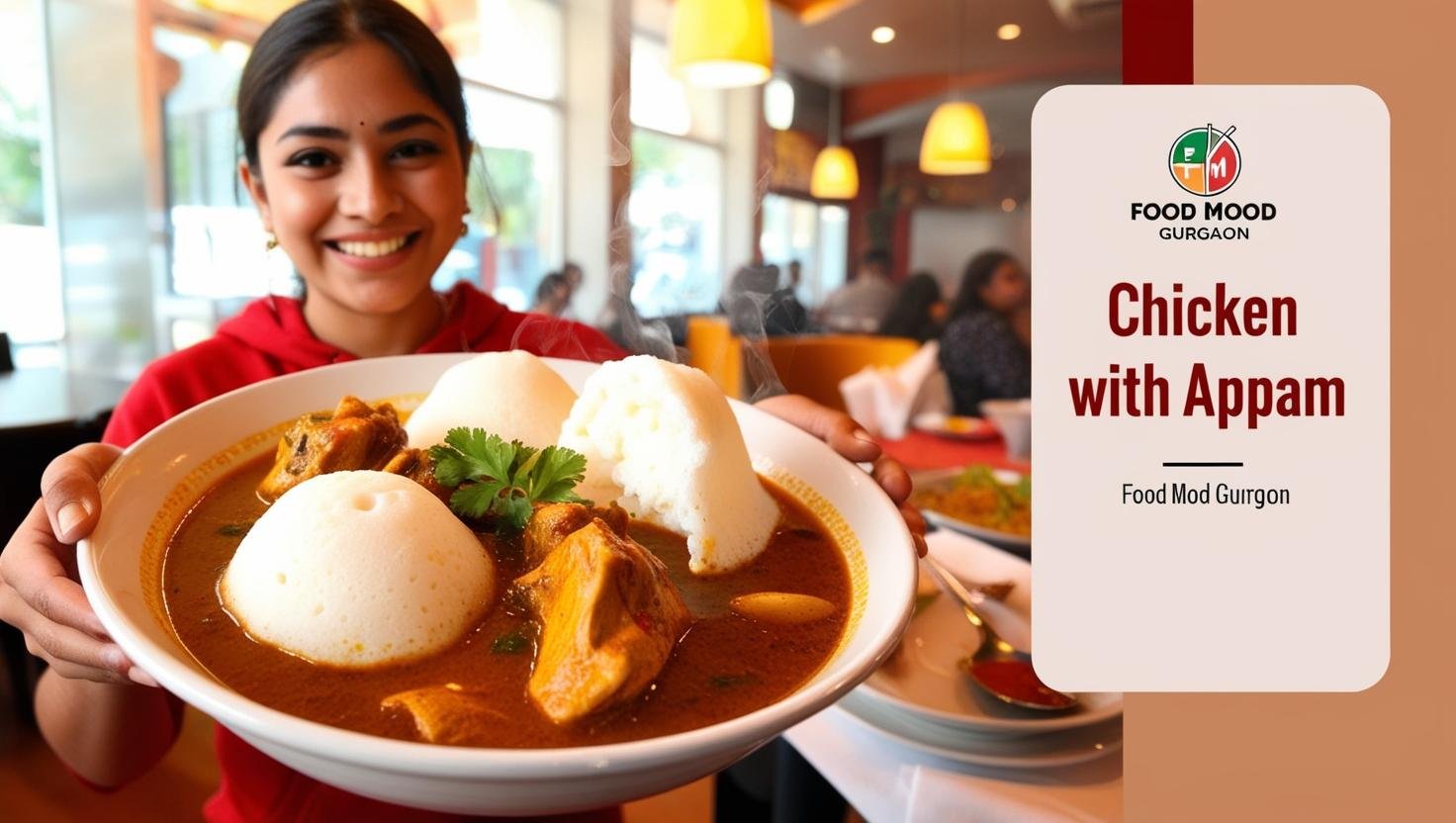



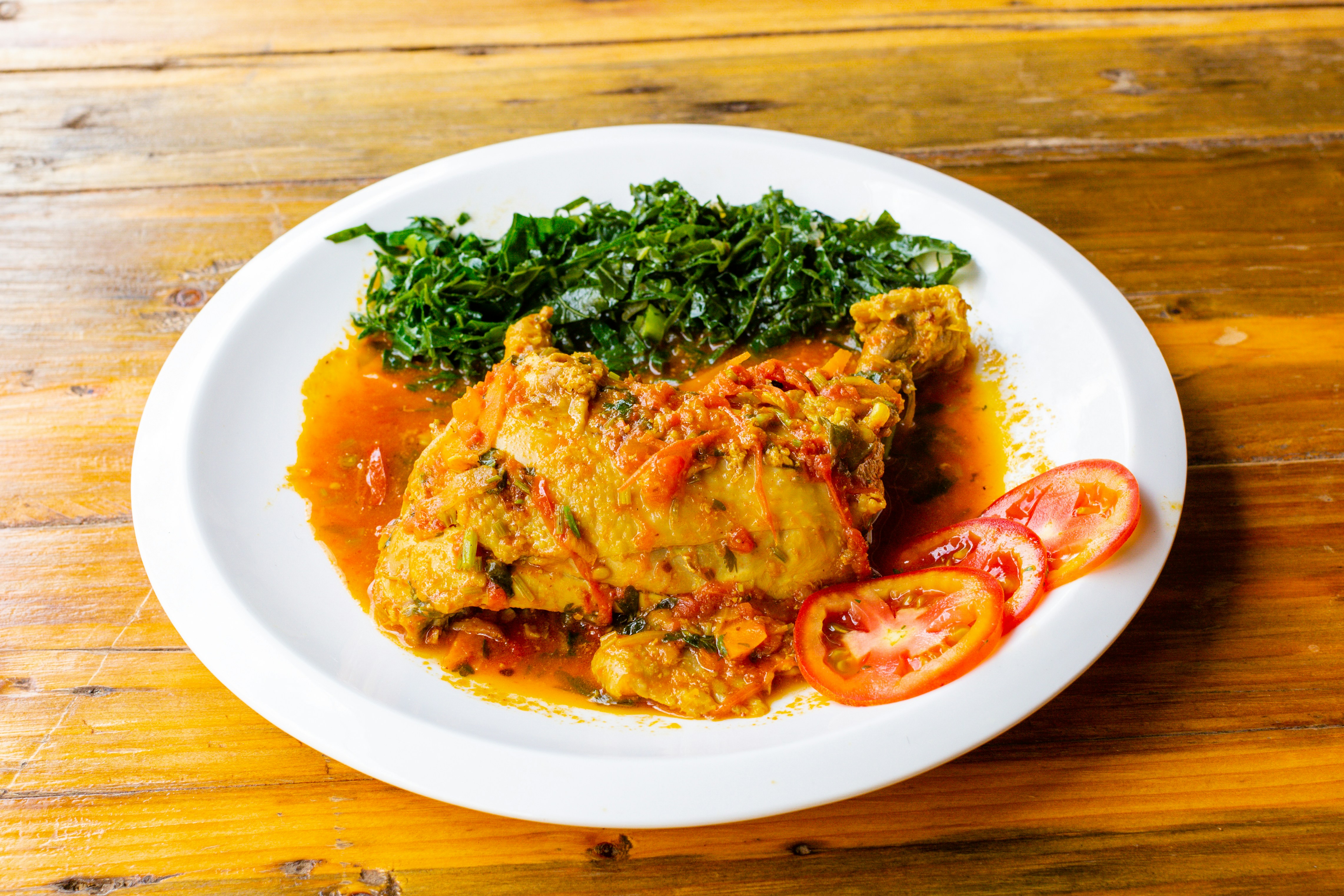
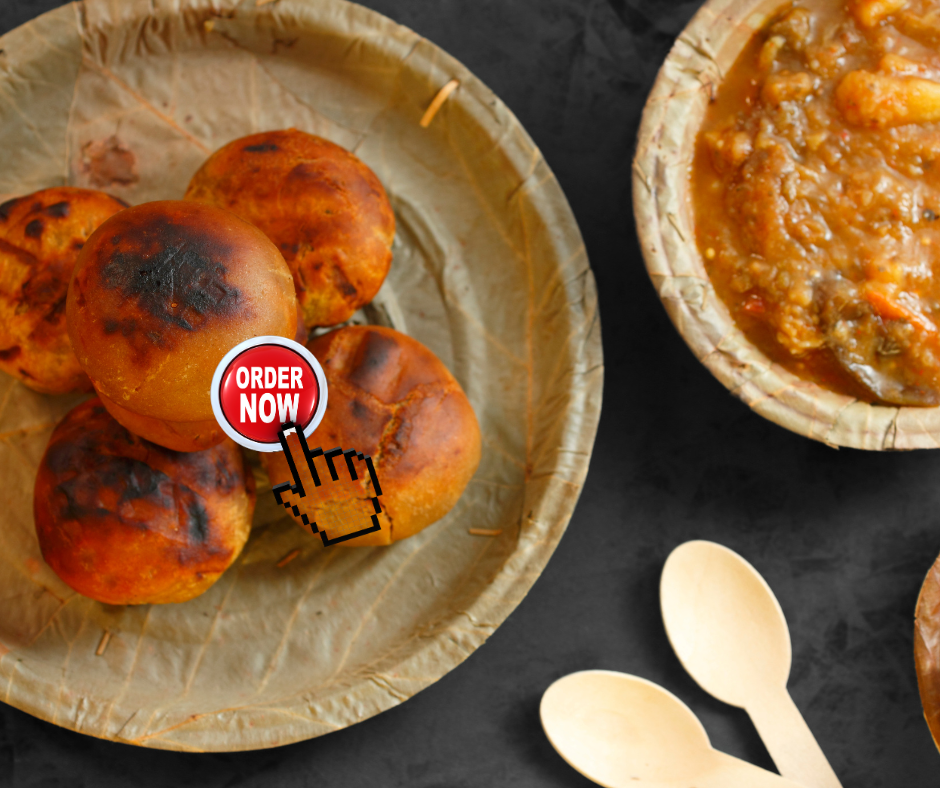
Leave a Reply